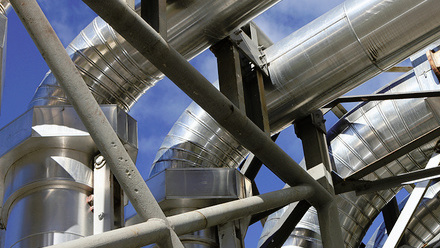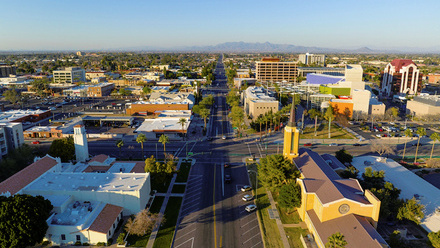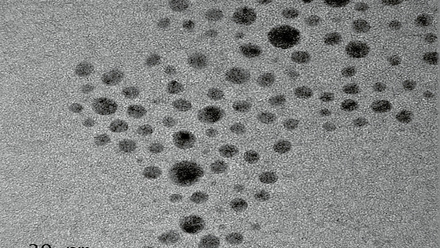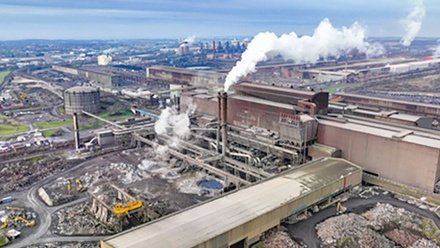Clay-based ‘brilliantly luminous’ nanoscale chemical tool
The clay-based materials can be customised for a range of analytical, commercial and medical applications.
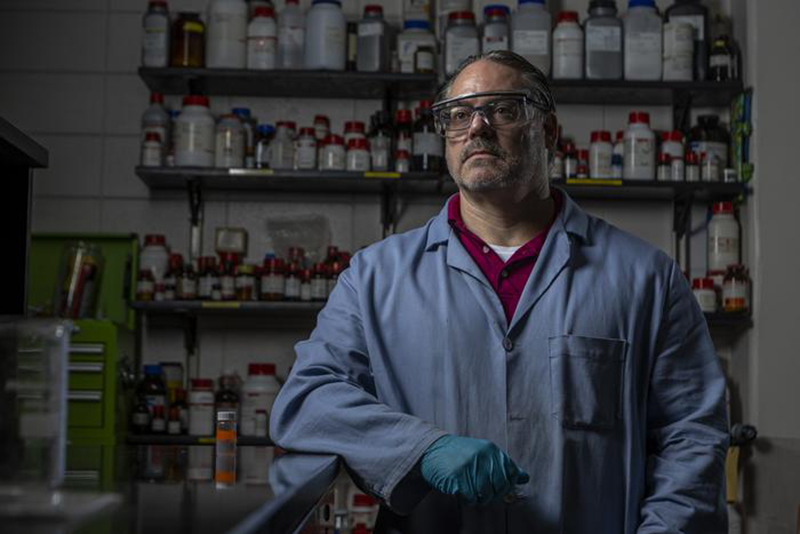
Gary Baker
© Sam O'Keefe/University of MissouriAssociate Professor Gary Baker, Piyuni Ishtaweera and their team at the University of Missouri, USA, have developed flat sheets of clay with chemical ‘hooks’ to attach glowing molecules called fluorophores, thus making fluorescent polyionic nanoclays.
Commercially available fluorophores are currently used for medical imaging, disease detection and biomarker tagging, as well as in sensors for chemical analysis, forensic investigations and biosensing. They can also play a key role in industrial applications such as water quality monitoring.
‘They possess a high degree of functionality, meaning we can control how many and what kinds of fluorescent molecules are attached to the surfaces of these nanoclays,’ explains Baker.
‘This provides a versatile platform where the optical and physicochemical properties can be precisely tuned by selecting and attaching appropriate molecules. This ready-for-use customisation is the hallmark of these materials, enabling a wide array of applications across different fields.’
Baker suggests that the materials are useful for sensitive optical detection methods, offering enhanced analytical signals and improved detection, unlocking new possibilities for advanced sensors and contrast agents in medical imaging.
In future, the team wants to explore ways of customising the nanoclays with other molecules, such as amino acids, antibodies, DNA aptamers and ligands for selective metal binding.
A paper on the work has been published in Chemistry of Materials.



